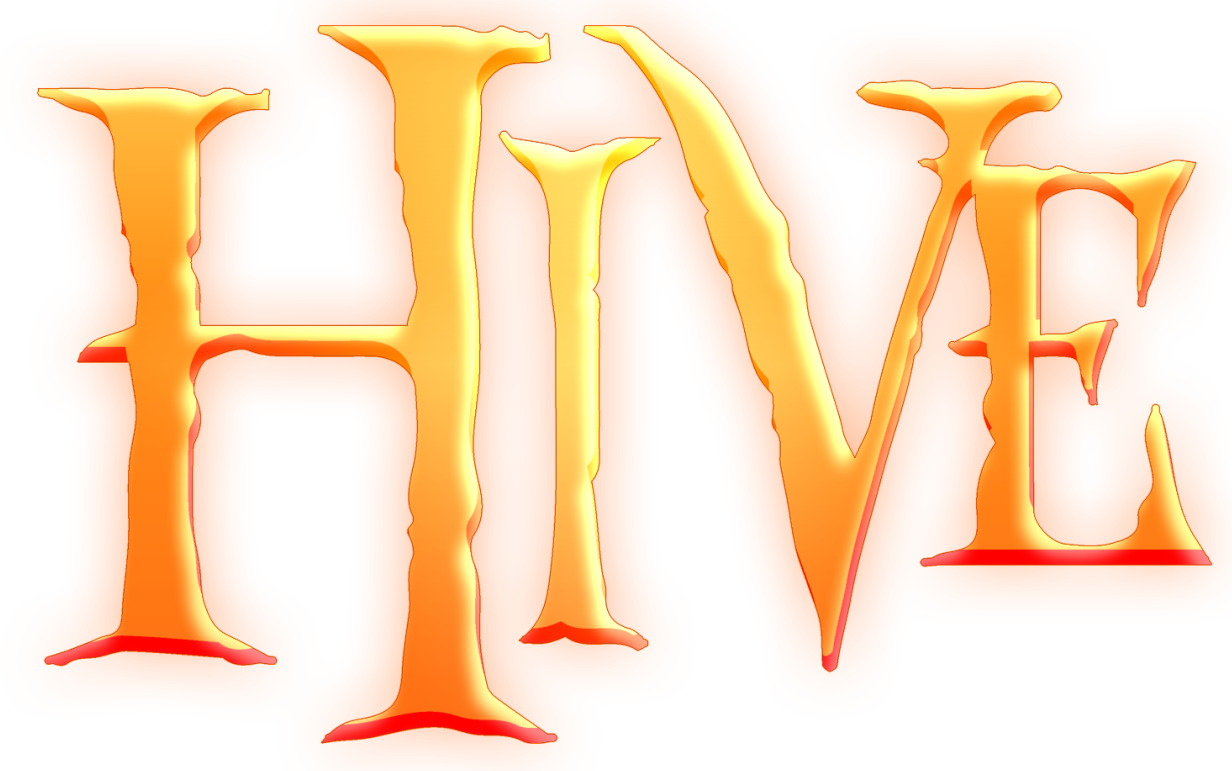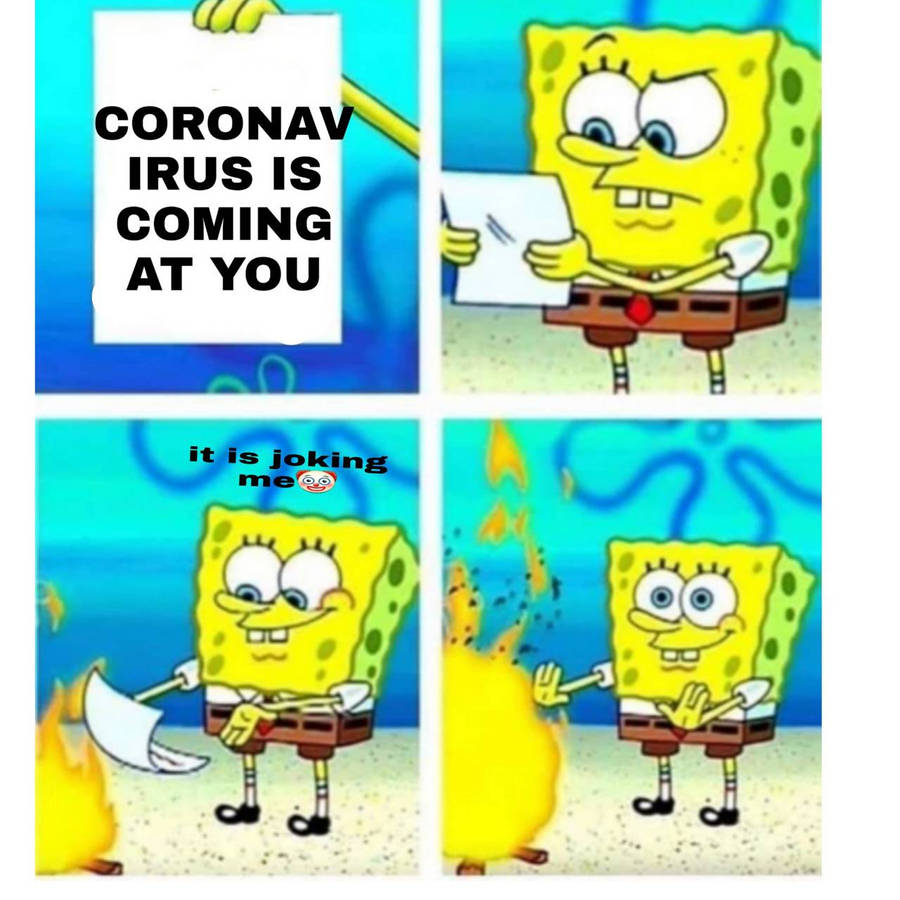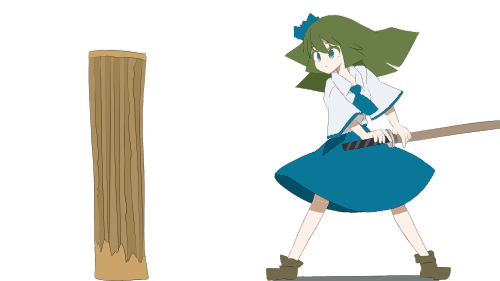Zwiebelchen
Hosted Project GR
- Joined
- Sep 17, 2009
- Messages
- 7,234
For those interested in the lore of Gaias Retaliation (as some quest NPCs will hint some notes on lore-related stuff and the upcoming quests of 1.2 content will have a lot more lore in them), I'd like to present a small writeup of the world of Gaias Retaliation and some ideas behind it.
THE SETTING:
The plot of Gaia's Retaliation is located on the continent of Kurodan, in a middle-age-styled fantasy world with steampunk elements.
Kurodan consists of several countries, Ankhmaron being the central one of Kurodan. This is where the game is set. Ankhmaron covers multiple landscapes, mostly temperate zone with cornifer forests, swamps, fjords, hills, farm- and meadowland. There's also one notable mountain chain in Ankhmaron, the Whitepine mountains. This is where most of the 1.2 content will be located.
To the west of Ankhmaron, there's mostly mountains and wilderness, with a number of spread out towns and settlements along the coast, consisting of mostly human and high-elven population.
The north of Ankhmaron is mostly covered by ocean area, but there are a few islands with smaller settlements and one major town, mostly populated by independant maritime people, mostly humans.
The north-east contains uninhabitable swamplands, so there's almost no villages and settlements there. Close to the border of Ankhmaron, however, is the magical capital of Kurodan, Apollis, a society controlled and governed by mages and strict laws.
The east is a huge wasteland and desert area, containing several orc tribes, some few troll clans and many oriental cultures.
The southern kingdom contains the largest forest of Ankhmaron and to date the highest population of Kurodan. The north regions of the southern kingdoms are seperated by the great river from the rest of Kurodan, a stream of several miles broadness. The capital of the southern kingdom, Menethrand, is where the plague and corruption of nature started. Menethrand itself is a massive city with millions of inhabitants, mostly humans and dwarves.
The largest forest of the southern kingdoms had a small population of night elves, who kept themselves secluded from other species. The recent events, however, forced the night elves to leave the forest and join the travel of refugees northwards to Ankhmaron and the eastern wastelands.
Then, there's Arsaios, a mystical floating island high up in the sky that no human had ever stepped on yet...
POPULATION:
The population of Kurodan is by three quarters of human ancestry. One fifth of the population are dwarves, which are also considered commoners and usually have equal rights as humans. Although dwarves blend into the community quite well, they always had the tendency to establish their own townships in all major cities. The dwarven quarter of Menethrand is famous for its unique architecture.
High Elves are mostly accepted for their magical capabilities and beauty. Although the laws of Kurodan never mentioned the rights of high elven people as being equal in the constitution, some of them have a lot of influence on the politics in all the countries on Kurodan. Due to that, although high elven people are a rare sight, they are already considered commoners.
Orcs are considered lower caste and there are only very few orcs living in any of the major towns freely. Most of orcs encountered in major towns are either soldiers, usually pressed into military service or work-slaves. A larger population of orcs can be found in the eastern wastelands, where there are several tribes of orcs, that are usually hostile towards any other species.
Trolls are extremely uncommon (less than one percent of the whole population of Ankhmaron) and are usually treated as foreigners and eccentrics. They tend to keep out of the way of laws or politics and usually travel on, as soon as tension builds up.
GODS AND MAGIC:
Kurodan ist a politheistic society. Although different species usually have their own deities, the differences seem to disappear more and more, as the cities grow in population.
There are 'The great Five', which are considered the higher gods and hundreds of lower gods and goddesses, which are usually patrons of different traits of mankind.
Those five are:
The god of the sun and day, Flaros
The goddess of moon and night, Nocturna
The god of magic, Genos
The goddess of death, Astreena
The goddess of Life, Gaia
The worshipping of Gaia has stopped centuries ago. While there are still remnants of the believers of Gaia, people tend to seek salvation in other gods and accept life as being a stable and constant, not questionable and worthy of faith.
Flaros has the largest number of believers, as the church of Ankhmaron considers Flaros as the highest of them. Almost all of the clerics and bishops in Ankhmaron worship Flaros as their greater god.
Of the lower gods, one has emerged to be the most powerful one of them, probably closer in the numbers of followers to Flaros than any of the great five: Mercos, the god of trade.
As Gaias is considered a dead goddess, Mercos is destined to take over her place in the great Five.
THE PLAGUE:
More to come...
Last edited:







